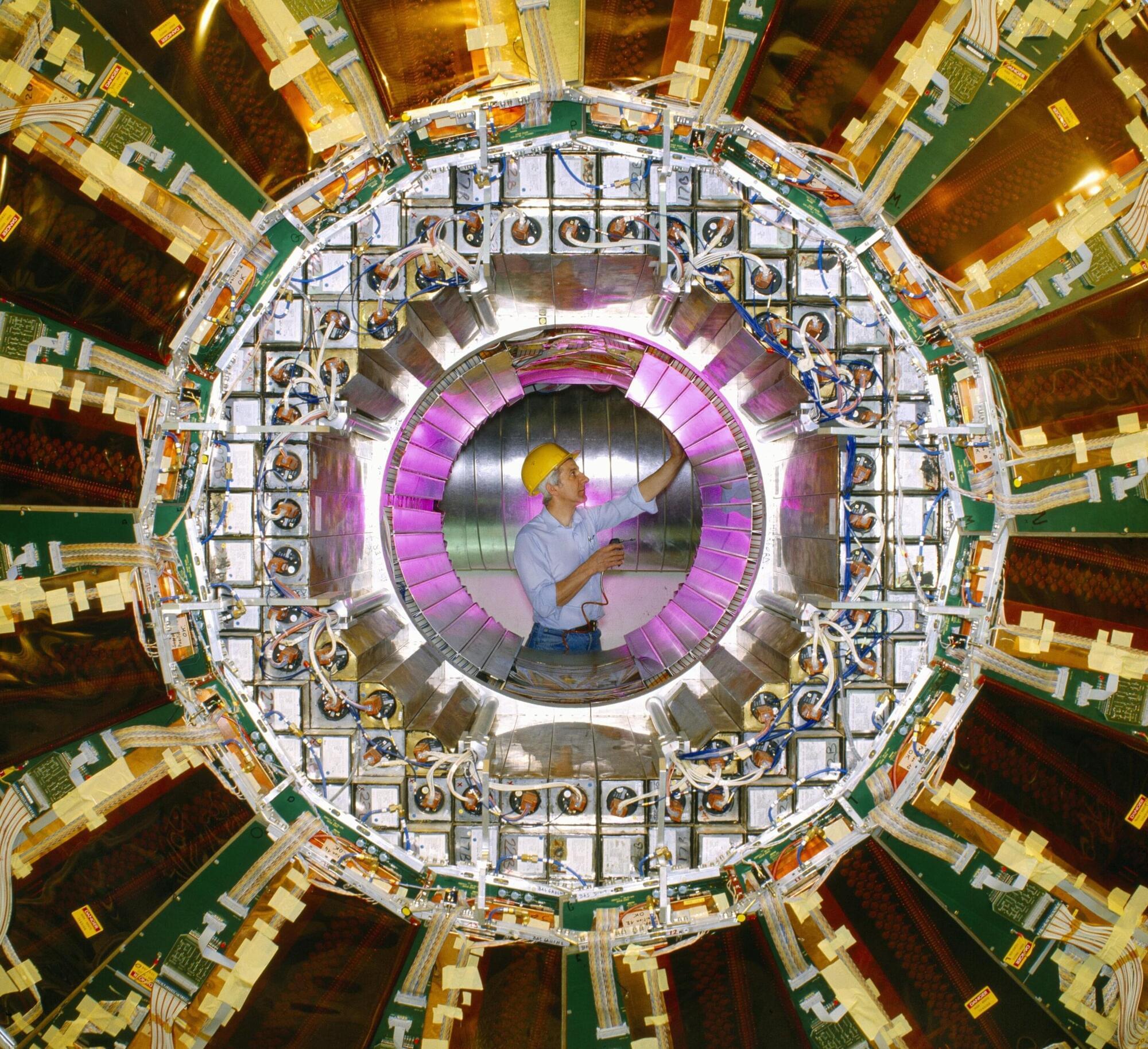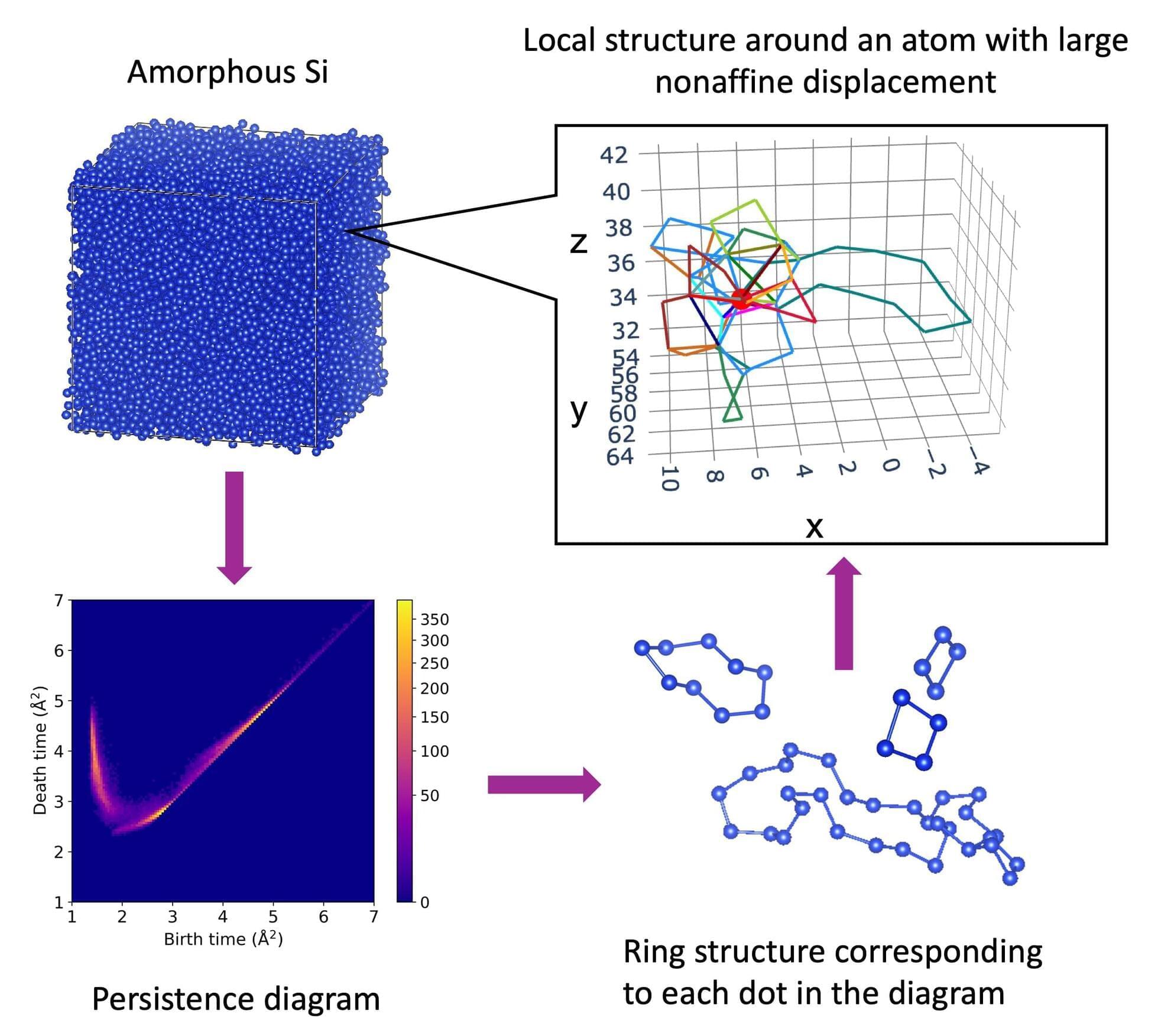A lot of the science from our accelerators is published long after collisions end, so storing experimental data for future physicists is crucial.
About a billion pairs of particles collide every second within the Large Hadron Collider (LHC). With them, a petabyte of collision data floods the detectors and pours through highly selective filters, known as trigger systems. Less than 0.001% of the data survives the process and reaches the CERN Data Center, to be copied onto long-term tape.
This archive now represents the largest scientific data set ever assembled. Yet, there may be more science in it than we can extract today, which makes data preservation essential for future physicists.









